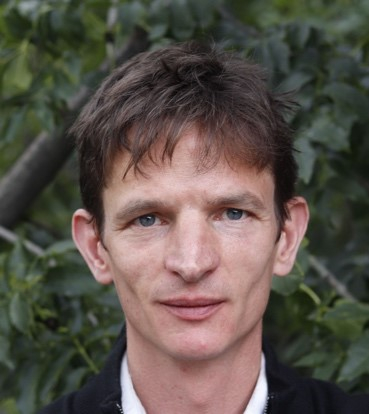Raphaël MargueronUnité de Génétique et biologie du développement (UGBD) - Institut Curie / INSERM / CNRS
Mes recherches
Après une thèse effectuée sous la direction du Dr. V. Cavailles sur le rôle de l’acétylation dans la signalisation oestrogènique, je suis parti aux États-Unis dans le laboratoire du Pr. D. Reinberg. C’est là que j’ai commencé à travailler sur la machinerie polycomb. Ces protéines sont importantes pour le maintien de l’identité cellulaire. J’ai poursuivi leur étude dans mon équipe établie à l’institut Curie en 2010 grâce au soutien de l’ATIP-Avenir. Depuis cette date, nous avons développé plusieurs projets visant à comprendre les détails moléculaires du fonctionnement de cette machinerie mais aussi sa contribution à différentes pathologies dont le cancer. Pour cela, nous utilisons une variété de techniques allant des expériences avec des protéines recombinantes à des approches in vivo sur modèle murin.
Mon projet ATIP-avenir
Polycomb Repression Complex 2 recruitment and function in cancer
Polycomb Group (PcG) proteins are crucial for the maintenance of gene expression profiles, and more specifically the repressed state. Their function relies on their ability to modulate chromatin structure. While still under debate, the current model for polycomb-mediated gene silencing gives a pivotal role to PRC2, a four-subunit complex that methylates histone H3 on residue K27. This post-translational modification would serve as a docking site for another complex, PRC1, which in turn would prevent transcription.
Genome-wide analyses had revealed that PRC2 targets up to 10% of the genes in Embryonic Stem (ES) cells and that an important fraction of PRC2 target genes is cell type and differentiation specific. However, it is still enigmatic how PRC2 is recruited at its target genes.
The first aim of this proposal is to investigate the function and recruitment of PRC2 in a mouse model of prostate cancer. I am currently identifying, in this mouse model, genes that are specifically targeted by PRC2 in cancer. The structure of the chromatin at those target genes will be analyzed and we will try to determine how PRC2 is recruited. The second aim is to design an RNAi screen to identify factors involved in the recruitment of PRC2 in ES cells. This approach will then be expanded to differentiated ES cells.
Ultimately, we hope to be able to reconstitute the cascade of factors and events required for the establishment/maintenance of silencing at defined genes.
Raphaël Margueron est également lauréat ERC Starting Grants 2011
